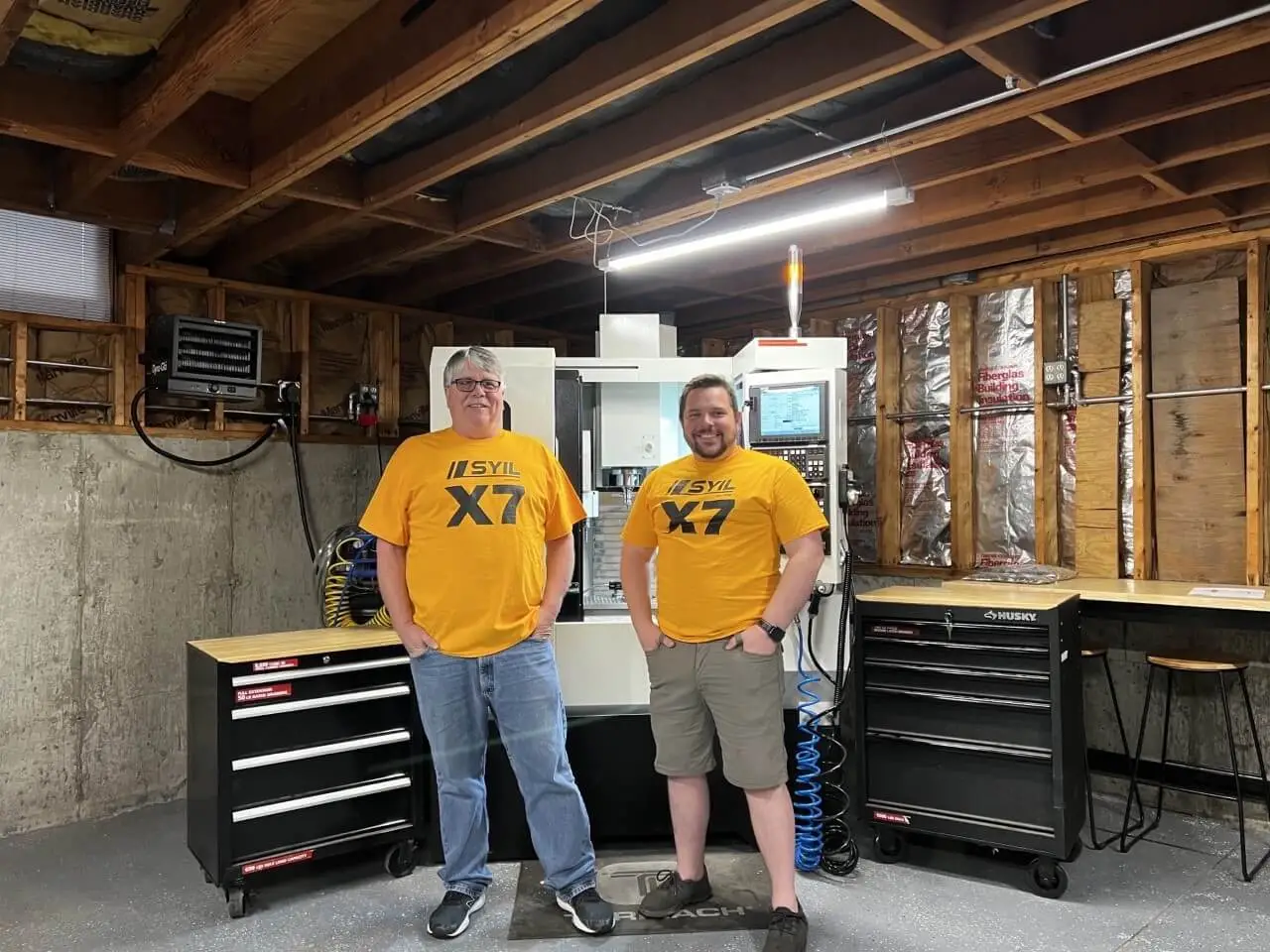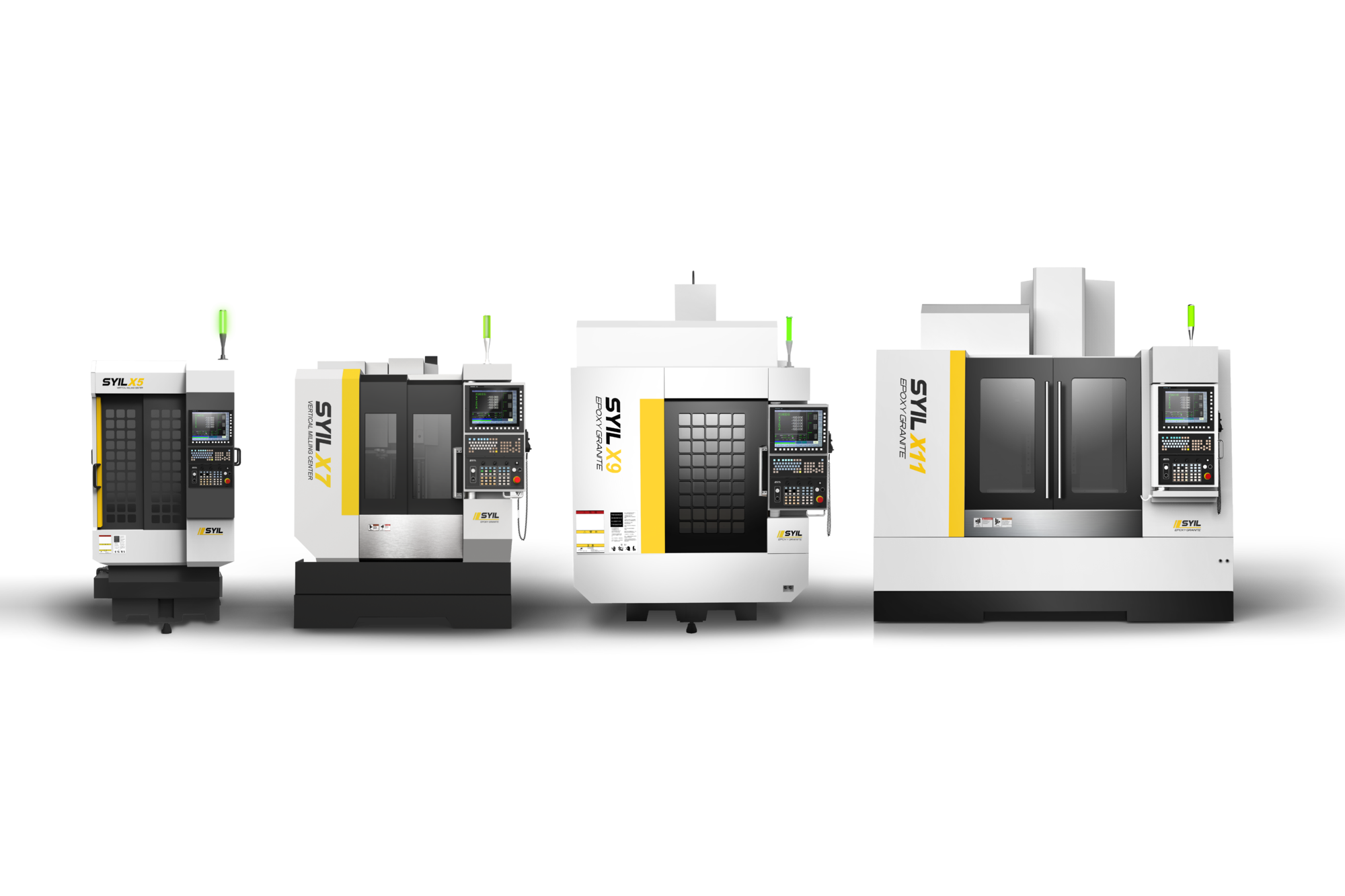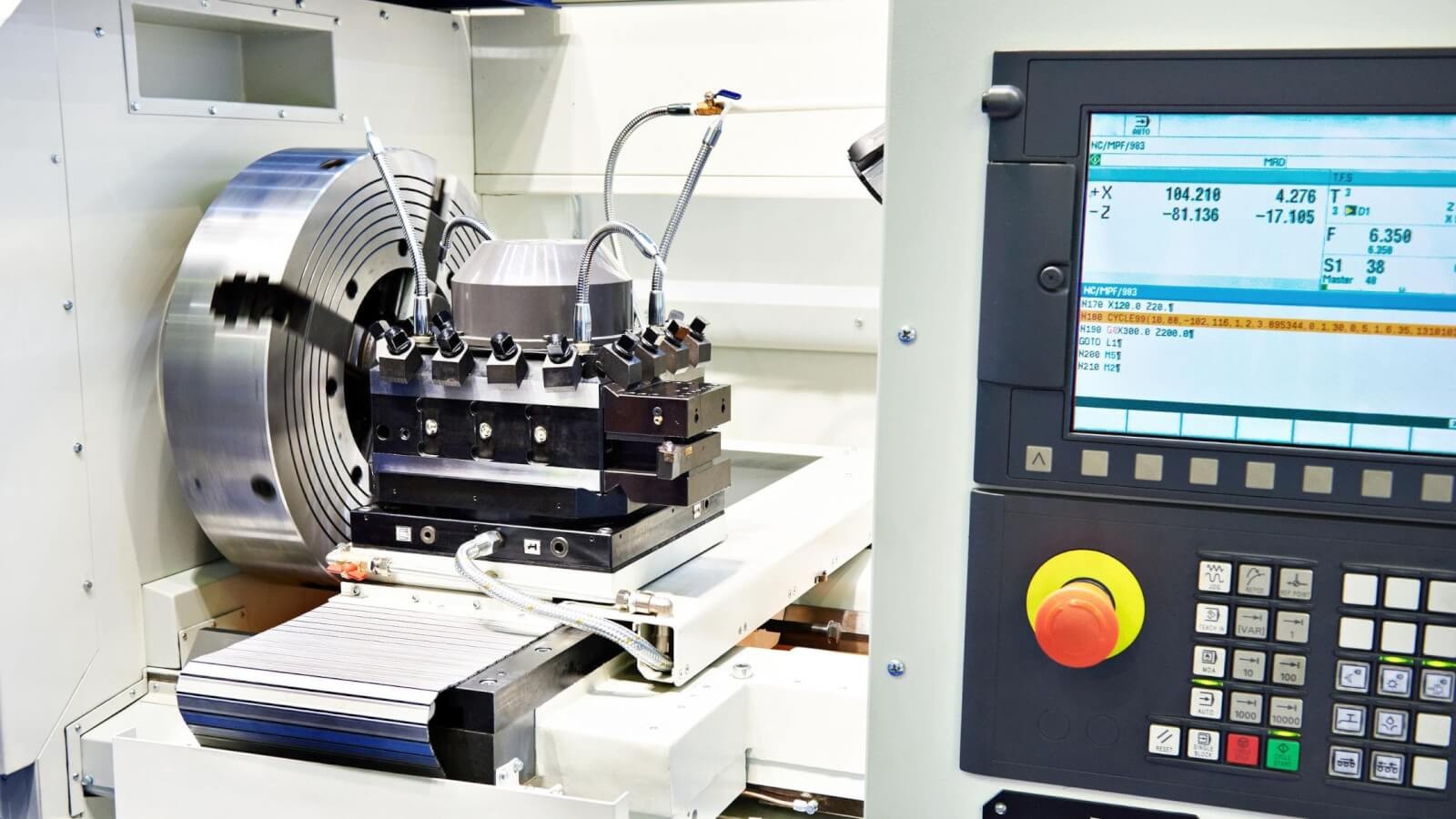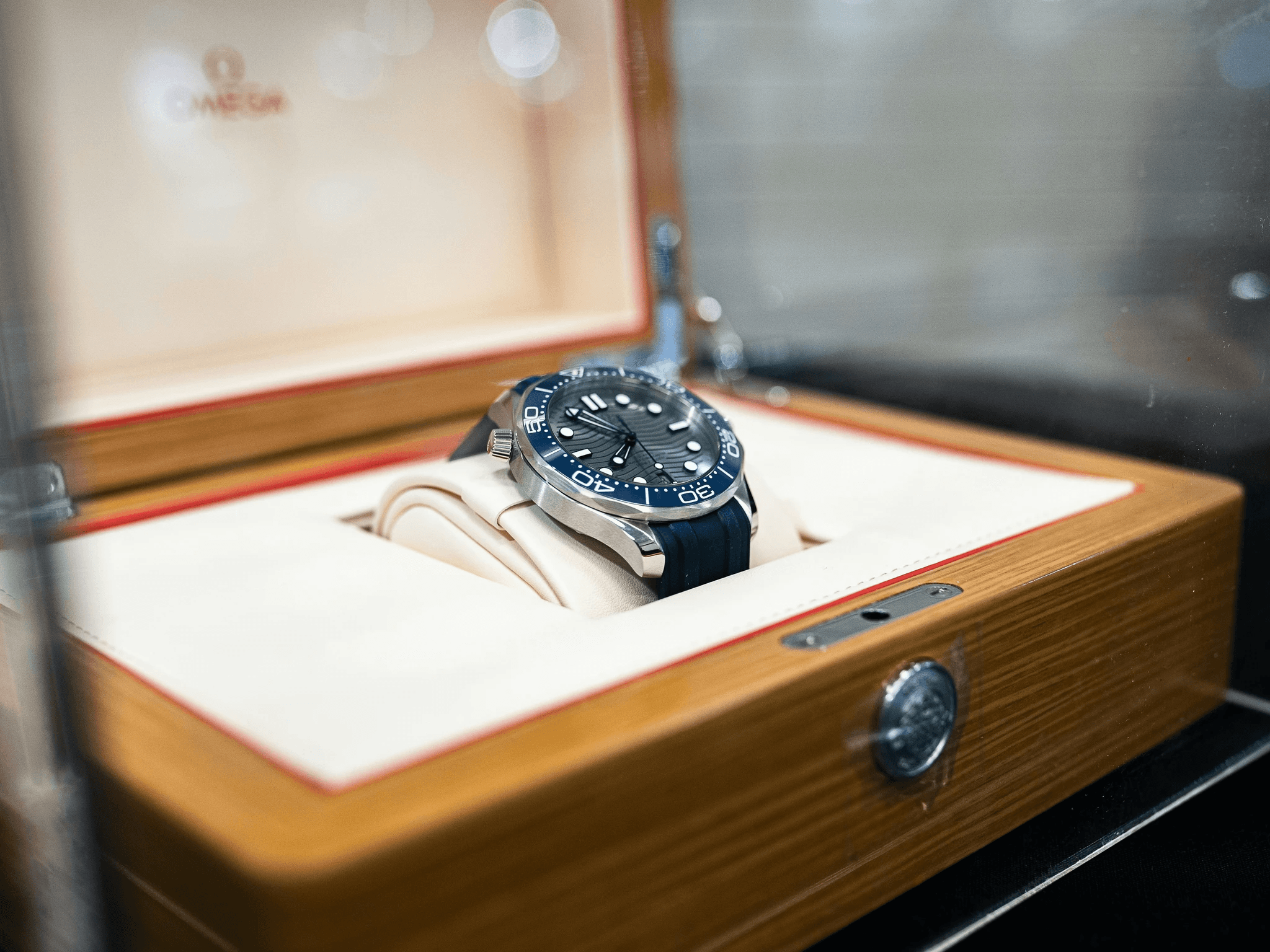Introduction

In the intricate world of horology, precision is not just a goal; it is the very essence that defines quality watchmaking. The journey to creating a flawless timepiece begins with understanding the essential watch makers tools that have been honed over centuries. With the advent of modern technology, particularly CNC milling, watchmakers can now achieve an unprecedented level of accuracy and customization in their craft.
Discovering Precision in Watchmaking
Precision in watchmaking is akin to breathing for a master craftsman; it’s vital for creating timepieces that not only function flawlessly but also stand the test of time. Every component, from gears to cases, must fit together with meticulous accuracy, making the choice of watch makers tools crucial for success. Today’s advancements allow artisans to push boundaries further than ever before, blending traditional skills with cutting-edge techniques like CNC milling a custom watch.
Essential Craftsmanship Tools for Watchmakers
Understanding which tools are essential can be overwhelming for aspiring watchmakers; however, grasping these basics forms the foundation of any successful project. Hand tools such as screwdrivers and tweezers are indispensable, but they are now complemented by innovative machinery like CNC machines designed specifically for watchmaking. These tools not only enhance efficiency but also elevate craftsmanship by ensuring each piece meets stringent quality standards.
The Role of CNC Technology in Watchmaking
CNC technology has revolutionized how we approach crafting intricate components such as those found in a CNC mill for watchmaking. This technology allows artisans to create complex designs and precise cuts that were once unimaginable with manual methods alone. With options like a desktop CNC with tool changer becoming more accessible, even small workshops can harness this power to produce highly detailed CNC watch parts efficiently and effectively.
The Importance of Quality Watch Makers Tools

In the intricate world of horology, the significance of quality watch makers tools cannot be overstated. These tools are not just instruments; they are an extension of a watchmaker's skill and artistry. From precision hand tools to advanced CNC machines, each tool plays a pivotal role in crafting timepieces that are both functional and beautiful.
Understanding the Basics of Watchmaking Tools
Before diving into the specifics, it's essential to grasp the basics of watchmaking tools. At its core, watchmaking requires a blend of traditional hand tools and modern technology, including CNC milling for custom watches. Understanding these fundamental tools is crucial for any aspiring or established watchmaker aiming to create exquisite timepieces.
The basic toolkit includes items like screwdrivers, tweezers, and case openers—each designed with precision for delicate tasks. Moreover, as technology has evolved, so have these essential watch makers tools; they now often incorporate features that enhance usability and accuracy. By mastering these basics, watchmakers can ensure their craftsmanship stands the test of time.
Essential Hand Tools for Watchmakers
A well-equipped workshop will typically include specialized screwdrivers with interchangeable heads specifically designed for various types of screws found in watches. Additionally, precision tweezers help handle tiny components without causing damage—a must-have when working on intricate designs.
Other indispensable hand tools include pin vises for drilling small holes and case back removers that make opening watches a breeze without scratching surfaces. Each tool serves a unique purpose but collectively enhances the efficiency and quality of work produced by skilled artisans using them daily. Investing in high-quality hand tools ultimately leads to better craftsmanship and more reliable timepieces.
The Evolution of Watch Makers Tools
The evolution of watch makers tools reflects broader technological advancements within the industry itself. Initially dominated by manual labor with rudimentary instruments, modern horology has embraced sophisticated machinery like CNC mills specifically tailored for watchmaking tasks. This transition has allowed artisans to achieve unprecedented levels of accuracy while reducing production time significantly.
Today’s desktop CNC with tool changers exemplifies this evolution by providing flexibility and efficiency in creating complex designs such as custom CNC watch parts or detailed cases using a single machine setup. As technology continues to advance, we can expect further innovations that will enhance both traditional craftsmanship and modern manufacturing techniques in creating exceptional watches.
The Art of CNC Milling a Custom Watch

How CNC Machines Revolutionize Watchmaking
CNC machines have revolutionized watchmaking by streamlining production processes and enhancing accuracy. Gone are the days when a skilled artisan would labor for hours over a single piece; with CNC technology, complex components can be produced in a fraction of the time without sacrificing quality. This shift not only increases efficiency but also opens up new avenues for creativity in designing bespoke timepieces.
Moreover, these machines allow watchmakers to replicate intricate designs consistently, ensuring that each piece meets high standards. Whether it's crafting delicate gears or elaborate cases, the precision offered by CNC milling is unmatched in traditional watchmakers tools. The ability to easily modify designs on-the-fly means that customization has never been easier or more accessible.
Specifics of CNC Mill for Watchmaking
When it comes to choosing a CNC mill for watchmaking, there are specific features that make certain machines stand out from the rest. A desktop CNC with tool changer is particularly advantageous because it allows for multiple operations without manual intervention, saving valuable time during production runs. This feature is essential when producing complex components where different tools are required for various tasks.
The size and capabilities of the CNC machine for watch case production also matter significantly; compact mills can handle small parts while larger models tackle bigger projects with ease. Additionally, factors like spindle speed and precision control play crucial roles in determining how finely detailed your CNC watch parts will turn out. Selecting the right machine ensures that artisans can push their creative boundaries while maintaining exceptional quality.
Benefits of CNC Technology in Precision Craftsmanship
The benefits of incorporating CNC technology into precision craftsmanship are manifold and transformative for modern watchmakers. First and foremost is the consistency achieved through automated processes; each component produced is identical down to minute specifications—something nearly impossible with handcrafting alone using traditional watch makers tools.
Furthermore, using a CNC machine for watchmaking significantly reduces waste material since designs can be optimized digitally before any physical work begins—an eco-friendly advantage that's hard to ignore! Lastly, this technology fosters innovation as designers experiment with new materials and complex geometries previously deemed impractical or too costly.
In summary, embracing CNC milling offers an exciting fusion between age-old craftsmanship and cutting-edge technology—a marriage that promises to elevate custom watches into realms previously unimagined.
Selecting the Right CNC Machine for Watchmaking

Comparing Popular CNC Machines for Watchmaking
In the world of CNC milling a custom watch, several machines stand out due to their reliability and precision. Brands like Tormach and X-Carve have gained popularity among artisans looking for a CNC mill for watchmaking that doesn’t compromise on quality or affordability. Each model offers distinct features tailored to different aspects of watch production, from simple designs to complex engravings on CNC watch parts.
When comparing these popular CNC machines, consider factors such as build quality, ease of use, and software compatibility. For instance, some machines come with intuitive interfaces that make them accessible even for beginners in the art of watchmaking. Others might offer advanced features that appeal more to seasoned craftsmen who demand finer control over their projects.
Features of a Desktop CNC with Tool Changer
One standout feature in modern desktop CNCs is the tool changer capability that allows for quick transitions between different cutting tools without manual intervention. This functionality is particularly advantageous when working on intricate designs requiring multiple operations—saving time while ensuring consistent quality across all components produced using your chosen watch makers tools. Imagine seamlessly switching from drilling tiny holes to engraving delicate patterns on a single custom watch case!
A desktop CNC with tool changer also occupies less space than traditional industrial machines while still delivering impressive results in terms of accuracy and detail. These compact units are perfect for hobbyists or small workshops where every inch counts but precision remains paramount in crafting those exquisite timepieces we all admire. By investing in such technology, you can elevate your craftsmanship without sacrificing valuable workspace.
Key Considerations When Choosing a CNC Mill
Choosing the right CNC mill involves weighing several key considerations beyond just price and brand reputation—think about how each machine fits into your overall workflow! First off, assess what types of materials you'll be working with; not all mills are equipped to handle harder metals typically used in high-end watches versus softer materials like aluminum or plastics often found in prototypes.
Next up is size; ensure that the working area meets your requirements since some designs may require larger setups than others—for example, when producing larger components like entire cases versus smaller parts like gears or pins within those cases! Lastly, don’t overlook customer support and community resources available around specific models; having access to tutorials or forums can make all the difference when you're navigating new technology like a sophisticated CNC machine for watch case production.
Creating Custom Watch Parts with CNC Technology

In the world of watchmaking, the ability to create custom parts efficiently and accurately is paramount. CNC technology has revolutionized this process, enabling watchmakers to produce intricate designs that were once deemed impossible with traditional methods. With a well-equipped workshop featuring essential watch makers tools and a reliable CNC machine for watchmaking, artisans can turn their creative visions into reality.
Designing CNC Watch Parts for Functionality
The intricacies of a timepiece require that each component not only fits perfectly but also serves its purpose efficiently, whether it's a gear or a decorative element. Utilizing CAD software allows designers to visualize and test their creations before they ever touch a CNC mill for watchmaking, ensuring that every piece will perform flawlessly in its intended role.
Materials Best Suited for CNC Watch Parts
Selecting the right materials is crucial when creating custom watch parts with CNC technology. Commonly used materials include stainless steel for durability, aluminum for lightweight components, and brass for aesthetic appeal; each offers unique benefits suited to different aspects of watch design. Additionally, innovative composites and advanced polymers are gaining traction in modern designs due to their versatility and ease of machining on desktop CNC with tool changer setups.
Tips for Efficient Production of Watch Components
To maximize efficiency in producing custom watch components using a CNC machine for watch case or other parts, careful planning is essential. Start by organizing your workflow; batch similar tasks together to minimize setup time and reduce wear on your tools—this approach streamlines production significantly. Moreover, regular maintenance of your CNC milling equipment ensures consistent performance; keeping your machine in top shape allows you to focus on creating stunning pieces rather than troubleshooting issues.
Mastering the Craft: Techniques for CNC Watch Case

In the world of watchmaking, mastering the craft of creating exceptional watch cases through CNC technology is an art in itself. The precision and detail achievable with a CNC machine for watch case production have transformed traditional methods, allowing artisans to push the boundaries of design and functionality. With the right watch makers tools and techniques, crafting a bespoke watch case becomes an exciting journey of innovation.
Steps in CNC Machine for Watch Case Production
The first step in using a CNC machine for watch case production involves designing a detailed digital model of the desired case. This design is then translated into instructions that guide the CNC mill for watchmaking through each precise cut and contour. Once set up, the Desktop CNC with tool changer can efficiently execute multiple operations, from rough cuts to fine detailing, ensuring consistency across all components.
Next comes selecting materials suitable for both aesthetics and durability; metals like stainless steel or titanium are often favored due to their strength and finish potential. After securing the material, it's placed on the CNC machine's bed, ready to be transformed into a stunning timepiece case. Finally, operators monitor progress closely to make adjustments as needed—ensuring that every facet meets high standards of quality.
Enhancing Accuracy and Detail in Watch Cases
Enhancing accuracy in watch cases requires not just skilled operation but also an understanding of how different settings affect outcomes on a CNC machine for watchmaking. Fine-tuning parameters such as feed rate and spindle speed can significantly impact surface finish and dimensional precision when milling intricate designs or engravings on custom parts. Using high-quality cutting tools is equally essential; they help achieve clean edges and reduce wear on both machinery and materials.
Moreover, advanced software solutions allow artisans to simulate machining processes before actual production begins—minimizing errors while maximizing creativity in design iterations. The integration of inspection tools post-production ensures that each piece meets specific tolerances required by luxury standards without compromising craftsmanship quality. With these enhancements, every detail—from curves to engravings—becomes sharper than ever before.
Real-World Examples of Exceptional Watch Cases
When it comes to real-world examples showcasing exceptional craftsmanship using CNC technology, several brands stand out for their innovative designs made possible by modern techniques. Brands like TAG Heuer have utilized sophisticated CNC milling processes to create intricately designed cases that not only look stunning but also offer superior functionality under various conditions—a testament to how far technology has come in this field.
Another notable example includes Audemars Piguet’s Royal Oak series which features unique octagonal shapes achieved through meticulous programming on their CNC machines tailored specifically for producing complex geometries with ease. These masterpieces illustrate how blending traditional artistry with modern machinery can result in iconic pieces revered by collectors worldwide.
In conclusion, mastering techniques related to CNC milling a custom watch case opens up new avenues for creativity while maintaining precision—an essential aspect every aspiring watchmaker should embrace wholeheartedly if they wish to leave their mark in this fascinating industry.
Conclusion

In the world of horology, integrating technology into traditional watchmaking practices has proven to be a game changer. The marriage of classic craftsmanship and modern innovations like CNC milling a custom watch allows artisans to achieve unprecedented precision and efficiency. By leveraging advanced CNC machines for watchmaking, artisans can elevate their creations while maintaining the integrity of traditional techniques.
Integrating Technology for Better Watchmaking
The introduction of CNC mills for watchmaking has transformed how watchmakers approach their craft. With tools that allow for intricate designs and flawless execution, the precision offered by these machines is unmatched. As a result, the quality of watch makers tools has improved dramatically, enabling craftsmen to produce components that were once deemed impossible.
Moreover, the advent of desktop CNC with tool changers has made it easier than ever for both amateur and professional watchmakers to create custom parts at home or in small workshops. This democratization of technology means that anyone with a passion for horology can now experiment with their designs and push the boundaries of what’s achievable in timepiece creation. In essence, technology is not just an addition but an essential element in modern watchmaking.
The Future of Watch Makers Tools and Techniques
Looking ahead, we can expect further innovations in watch makers tools as technology continues to evolve at breakneck speed. The future promises even more sophisticated CNC machines specifically designed for intricate tasks like creating unique CNC watch parts or crafting bespoke cases using advanced materials. This evolution will undoubtedly allow artisans to explore new horizons while preserving the artistry inherent in traditional methods.
Additionally, as sustainability becomes increasingly important across industries, we may see a rise in eco-friendly materials being used alongside cutting-edge CNC technology. This shift will not only enhance the quality of products but also align with consumer values focused on environmental responsibility. The combination of innovation and conscientious crafting is likely to redefine what it means to be a modern watchmaker.
Craftsmanship Meets Innovation in Watch Design
Ultimately, the intersection where craftsmanship meets innovation is where magic happens in watch design. By utilizing state-of-the-art CNC machines for tasks like producing complex shapes or detailed engravings on watches cases, craftsmen are able to infuse personality into every piece they create while ensuring precision remains paramount. This synergy between old-world techniques and contemporary advancements results in timepieces that are not just functional but also works of art.
As we continue down this path where tradition embraces technological advancement, one thing remains clear: the future is bright for those who wield both classic skills and modern tools effectively. Watch makers who adapt will thrive as they craft masterpieces that reflect both heritage and innovation—watches that tell time beautifully while showcasing cutting-edge design principles through exceptional craftsmanship.

